PPT-“ Placing HOME at the center
Author : briana-ranney | Published Date : 2018-12-06
of health care delivery HHPPS Overview Joy Cameron August 3 2017 Overview CY2018 HHPPS Rate Home Health Value Based Purchasing Home Health Quality Reporting Program
Presentation Embed Code
Download Presentation
Download Presentation The PPT/PDF document "“ Placing HOME at the center" is the property of its rightful owner. Permission is granted to download and print the materials on this website for personal, non-commercial use only, and to display it on your personal computer provided you do not modify the materials and that you retain all copyright notices contained in the materials. By downloading content from our website, you accept the terms of this agreement.
“ Placing HOME at the center: Transcript
Download Rules Of Document
"“ Placing HOME at the center"The content belongs to its owner. You may download and print it for personal use, without modification, and keep all copyright notices. By downloading, you agree to these terms.
Related Documents

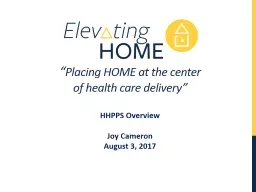

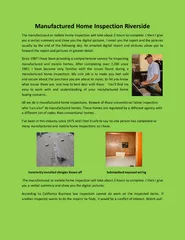




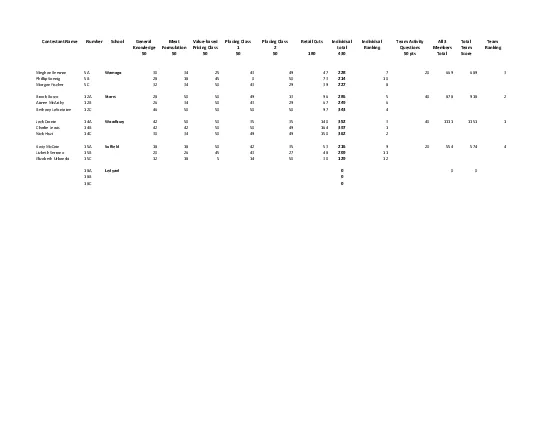
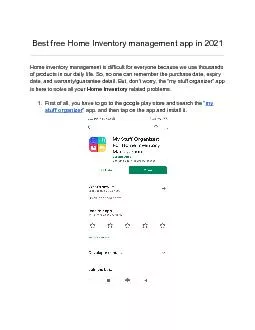

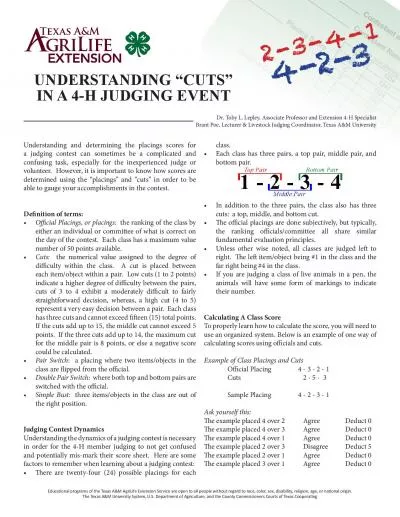
![[READ] Career Planning and Development: Placing Yourself into Successful Positions: Placing](https://thumbs.docslides.com/1005035/read-career-planning-and-development-placing-yourself-into-successful-positions-placing-yourself-into-successful-positions.jpg)

